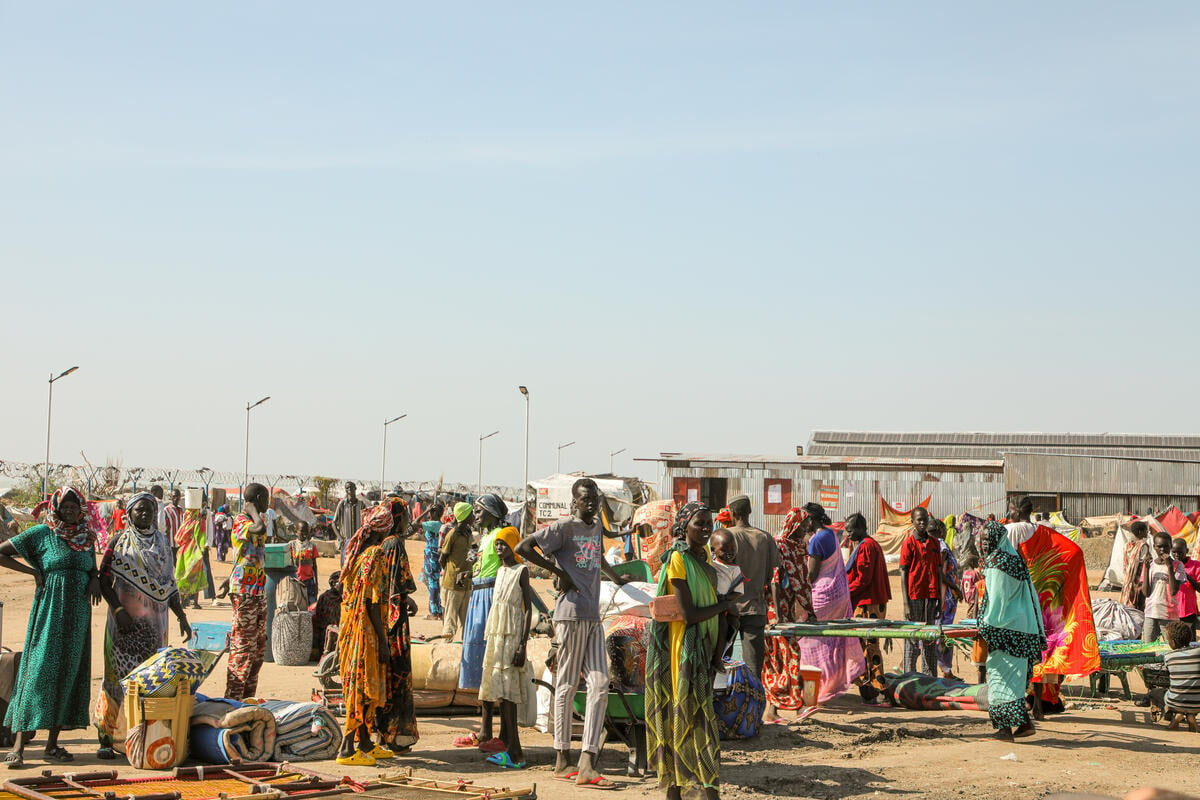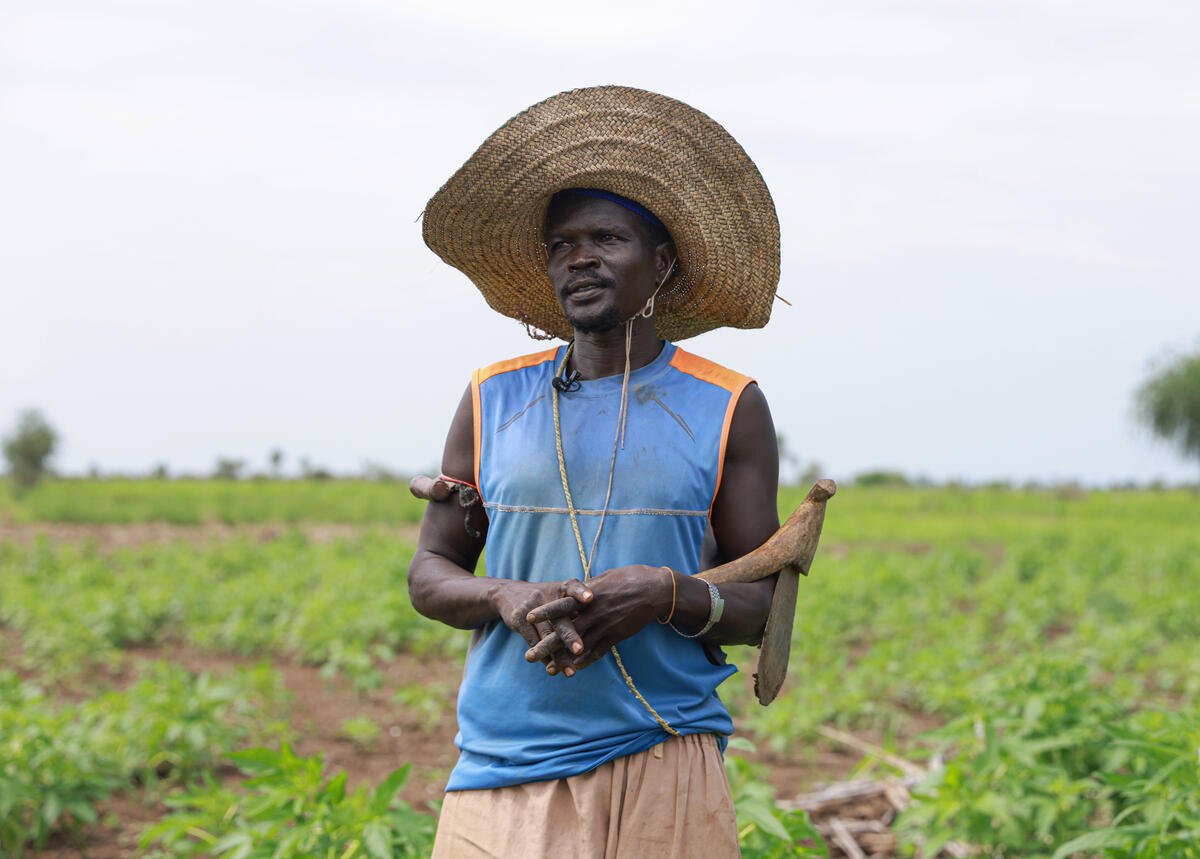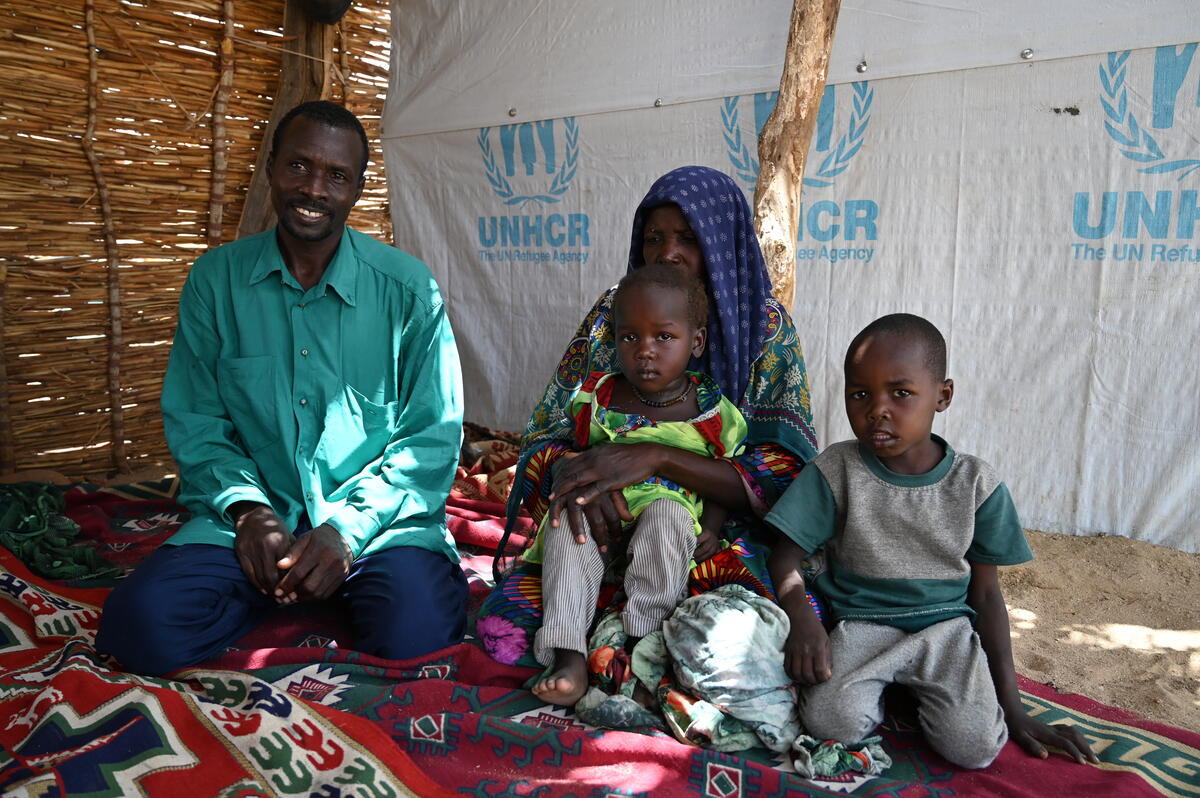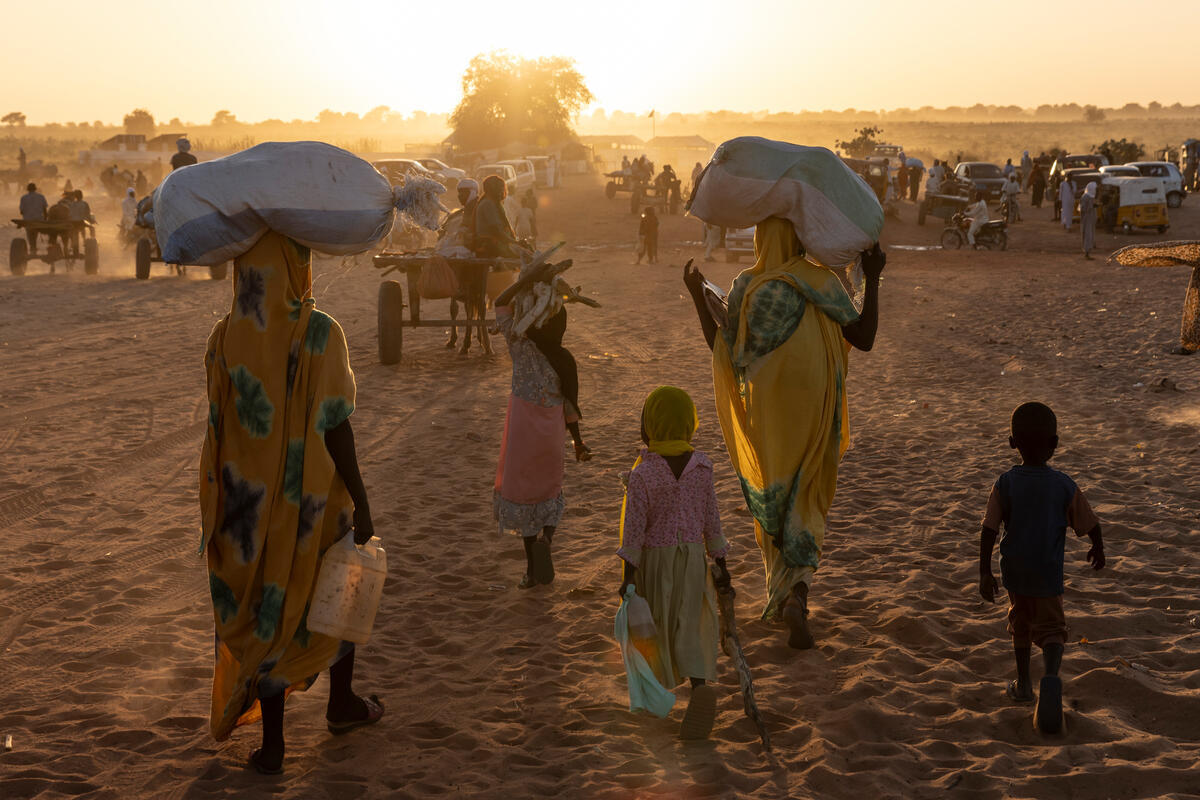UNHCR: More Sudanese refugees arriving in South Sudan
UNHCR: More Sudanese refugees arriving in South Sudan
Fighting in the war-torn Nuba Mountains in Sudan has led to an increase in the number of Sudanese refugees fleeing to South Sudan in the last month, our teams on the ground report.
Since 23 December last year, more than 3,000 refugees from South Kordofan and Blue Nile States have arrived at Yida border town, a spontaneous settlement in South Sudan's Unity State already sheltering some 80,000 Sudanese refugees. With arrival rates exceeding 500 people per week, this represents an increase of more than 100 percent compared to the same period of 2013.
Refugees, mainly from Um Dorrein, Heiban and Delami Counties, told UNHCR that they have escaped ongoing conflict and widespread violence in Sudan's Nuba Mountains region, including aerial bombardments and ground attacks. Refugees have also cited the lack of livelihood opportunities and education in their areas of origin as reasons for leaving. The majority arrived in trucks while others came on foot. Nearly 70 percent of new arrivals are children, and an estimated 10 percent suffer from malnutrition and measles. Refugees reported that many more Sudanese are on their way to South Sudan, but we are not in a position to confirm this information.
At the Yida transit centre managed by Africa Humanitarian Action and IRC, UNHCR and its partners provide initial reception and assistance to the new arrivals, including hot meals. Refugees are medically screened and receive a measles vaccination upon arrival.
UNHCR undertakes biometric registration of new arrivals to ensure that refugees can be identified quickly and are able to access assistance. To date, more than 80 percent of new arrivals have been transported from Yida to Ajuong Thok, a camp established in March 2013 to ease overcrowding in the Yida settlement. The remaining 20 percent have decided to settle in Yida as they have family in the settlement. In Ajuong Thok, all refugees undergo further medical screening and all children under 15 years old are vaccinated against measles.
With 18,000 Sudanese refugees already living in Ajoung Thok, the camp has almost reached its full capacity of 25,000 people. If the current rate of arrivals continues, more than 15,000 refugees may have arrived by June 2015 and UNHCR is concerned that current funding may be inadequate to meet the needs of additional refugees, exceeding the original planning figure of 25,000. There is an urgent need to improve current infrastructure as well as education and shelter. We are working with the Government of South Sudan to identify a site to set up a new camp in Unity State in preparation for any more arrivals.
UNHCR appreciates the efforts of South Sudan in protecting refugees. Currently home to nearly 250,000 refugees, mostly from Sudan and more than 1.8 million internally displaced people, South Sudan enacted a Refugee Act in 2012 and established a Commission for Refugee Affairs to coordinate the Government's response to refugees.
For more information on this topic, please contact:
- In Juba, Rocco Nuri on mobile +211 927 725 535
- In Nairobi, Terry Ongaro on mobile ++254 735 337 608
- In Geneva, Karin de Gruijl on mobile +41 79 255 9213








